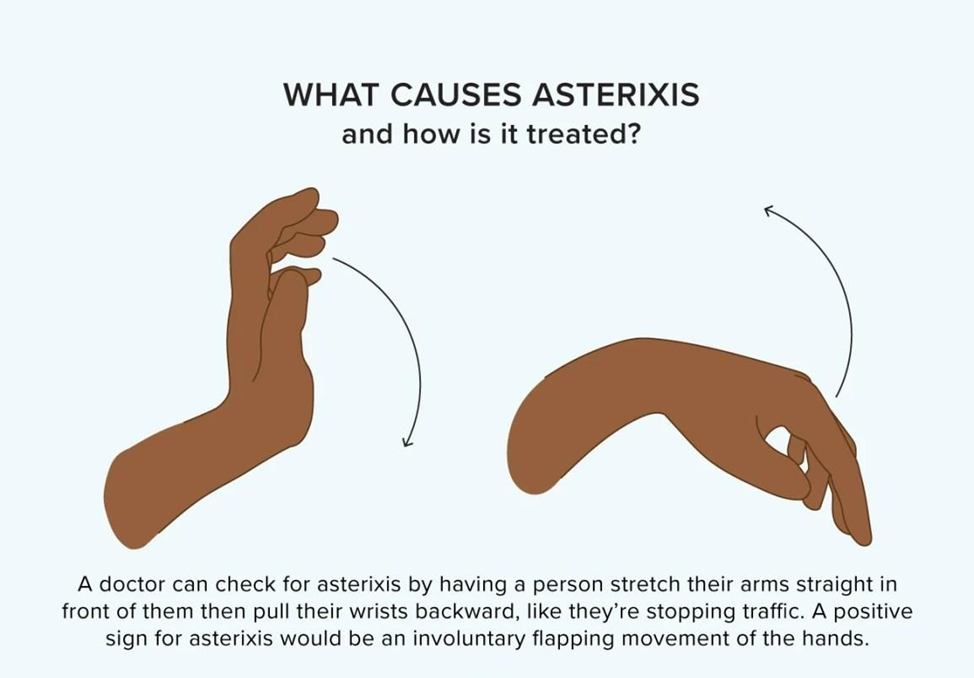The nurse is preparing to administer spironolactone (Aldactone) and furosemide (Lasix) at 0900 to a client diagnosed with ascites. Review of 0600 laboratory results shows serum sodium 130 mEq/L (136-145 mEq/L) and potassium 3.1 mEq/L (3.5-5.0 mEq/L). Which action should the nurse take first?
Request a dietary consult
Order a 2 gram sodium restriction diet
Initiate a fluid restriction
Hold the spironolactone and furosemide
The Correct Answer is D
A) Requesting a dietary consult is useful but not the most immediate action needed.
B) Ordering a 2 gram sodium restriction diet is important but not addressing the immediate issue of electrolyte imbalance.
C) Fluid restriction may be considered but not before addressing the electrolyte issues.
D) Holding the spironolactone and furosemide is the correct action, as administering these could exacerbate the existing hypokalemia and hyponatremia, increasing the risk of adverse effects.
Nursing Test Bank
Naxlex Comprehensive Predictor Exams
Related Questions
Correct Answer is D
Explanation
A) Checking blood glucose daily is not directly relevant unless the client also has diabetes.
B) While this can indicate other health issues, it is not specific post-paracentesis advice.
C) A low carbohydrate diet is not typically related to post-paracentesis care unless specified by the healthcare provider for other underlying conditions.
D) Change positions slowly is important to prevent postural hypotension and falls after fluid removal during paracentesis. It prevent dizziness or lightheadedness due to fluid shifts or blood pressure changes after the procedure.
Correct Answer is B
Explanation
A) Bradycardia is not typically associated with hepatic encephalopathy.
B) Asterixis is a characteristic finding in hepatic encephalopathy, known as "flapping tremor," indicating neuromuscular irritability due to elevated blood ammonia levels.
C) Fever is not a common direct symptom of hepatic encephalopathy.
D) Melena indicates gastrointestinal bleeding, which while possible in liver disease, is not specific to hepatic encephalopathy.

Whether you are a student looking to ace your exams or a practicing nurse seeking to enhance your expertise , our nursing education contents will empower you with the confidence and competence to make a difference in the lives of patients and become a respected leader in the healthcare field.
Visit Naxlex, invest in your future and unlock endless possibilities with our unparalleled nursing education contents today
Report Wrong Answer on the Current Question
Do you disagree with the answer? If yes, what is your expected answer? Explain.
Kindly be descriptive with the issue you are facing.
